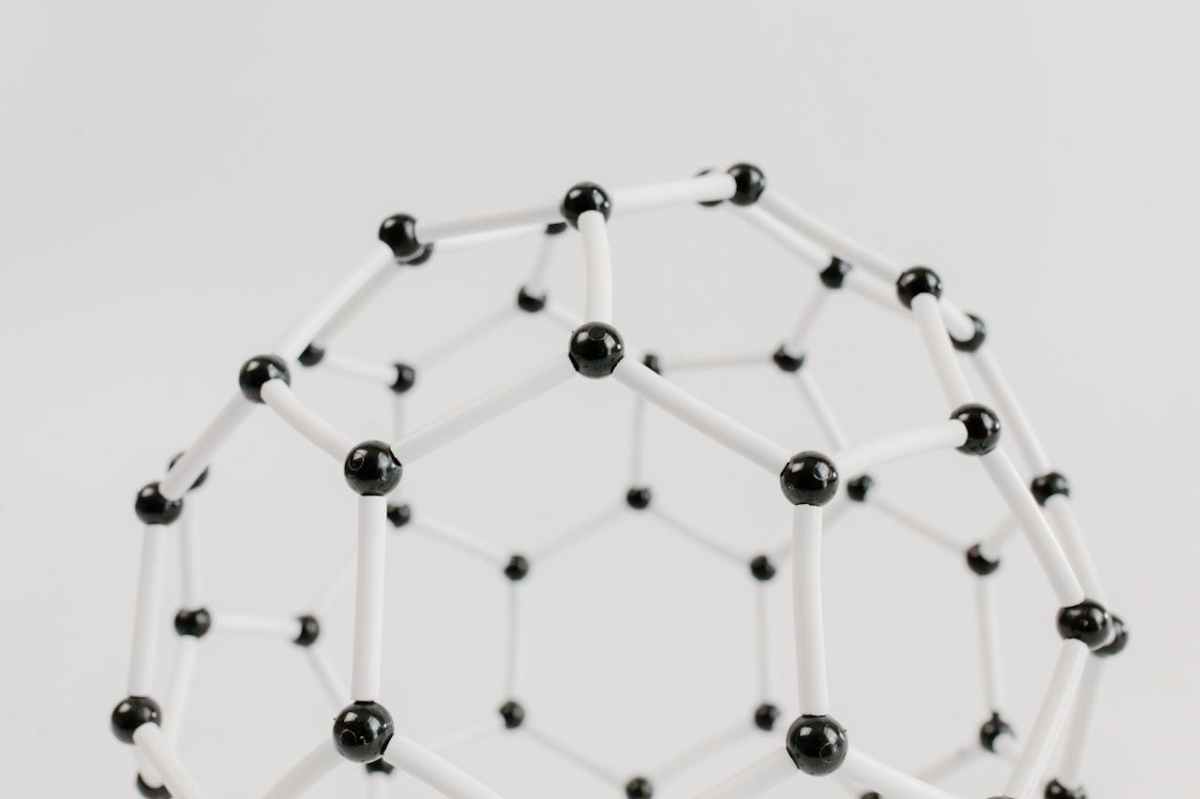Nanotechnology can be defined as the branch of technology dedicated to the study, control and manipulation of matter on a scale smaller than a micrometre.
This extremely small scale owes its name to the nanometric scale on which it is measured, reaching dimensions of between 1 and 100 nanometres, this unit of measurement being one billionth of a metre.
To give an example with dimensions that are more familiar to us, we are talking about something considerably smaller than the thickness of a human hair.
Due to the effect of quantum mechanics—a technology in vogue with the celebration of the International Year of Quantum Science and Technology in 2025—behaviours and properties from a physical, biological or chemical perspective are different from those at larger scales.
Nanotechnology: origin of the concept and term
As we explained in a recent article on nanorobots, the origin of nanotechnology can be found in a talk given by the renowned physicist Richard Feynman in late 1959, entitled “There’s Plenty of Room at the Bottom: An Invitation to Enter a New Field of Physics”.
This scientist, who would go on to win the Nobel Prize in Physics in 1965, discussed how machines could be miniaturised with enormous amounts of information in tiny spaces.
On this basis, the Japanese scientist Norio Taniguchi coined the term nanotechnology in 1974 at the conference ‘On the Basic Concept of Nanotechnology’.
The following decade saw a major boost for this concept after American engineer K. Eric Drexler discovered Feynman’s 1959 lecture while researching his article ‘Molecular engineering: An approach to the development of general capabilities for molecular manipulation.’
Characteristics of nanotechnology
As mentioned at the beginning of this article, the main characteristic of nanotechnology is the tiny scale at which it operates, with a nanometre being one billionth of a metre. Another characteristic, also mentioned above, is the possible variation in the properties of materials at such a small scale.
However, there are other features that define nanotechnology:
- It is multidisciplinary, as its application can be extrapolated to numerous fields such as medicine, chemistry, industry, mathematics, biology and engineering. This multidisciplinary nature enables the integration of techniques and concepts from different areas of science to design and create new materials or devices.
- Manipulation of molecules and atoms, which makes it possible to manufacture products and/or materials with specific properties, a process that can occur on a descending scale (by reducing larger structures) or ascending scale (by assembling atoms and molecules to generate new structures or devices).
- Transversality. Linked to the multidisciplinary nature mentioned above, transversality occurs when nanotechnology can be applied to numerous fields such as energy, medicine, food, textiles, electronics and robotics.
- Emerging properties. The fact that nanoscale materials have peculiarities such as greater chemical reactivity, different optical, magnetic or electrical properties, or greater lightness or resistance to change compared to their macroscopic equivalents, opens up new and innovative applications in different sectors.
Applications of nanotechnology
The sectors or areas in which nanotechnology can bring about change are varied:
- Food. In addition to modifications in the sensory or nutritional properties of food, improvements in packaging may also be seen.
- Energy. Longer-lasting batteries and more efficient solar panels are some examples of applications in the energy field.
- Electronics. Nanotechnology enables the manufacture of smaller, faster and more efficient microprocessors.
- Medicine. There are several areas in this field where nanotechnology can be seen, such as materials for prostheses, nanosensors for the early detection of diseases and increased accuracy in certain diagnoses.
- Textiles. From clothes made from fabrics that do not stain or crease to more resistant, durable or lightweight materials for sports equipment or helmets, these are just some examples of the application of nanotechnology in the textile industry.
- Advanced materials. Not limited to any particular sector, advanced materials can be created by making them lighter, stronger or more durable.
As we have seen, nanotechnology can affect many different sectors, expanding its potential applications for the future as research progresses.








